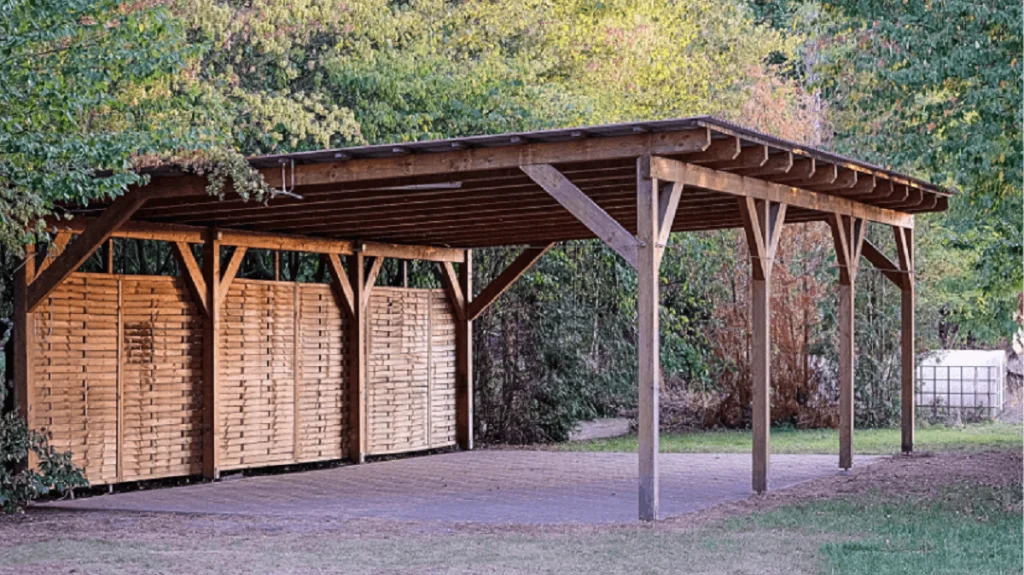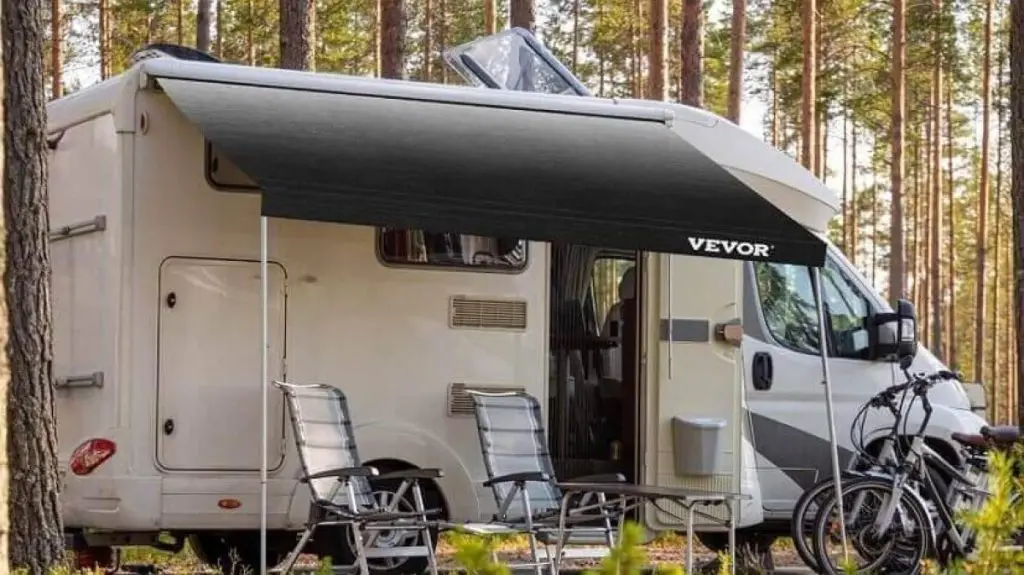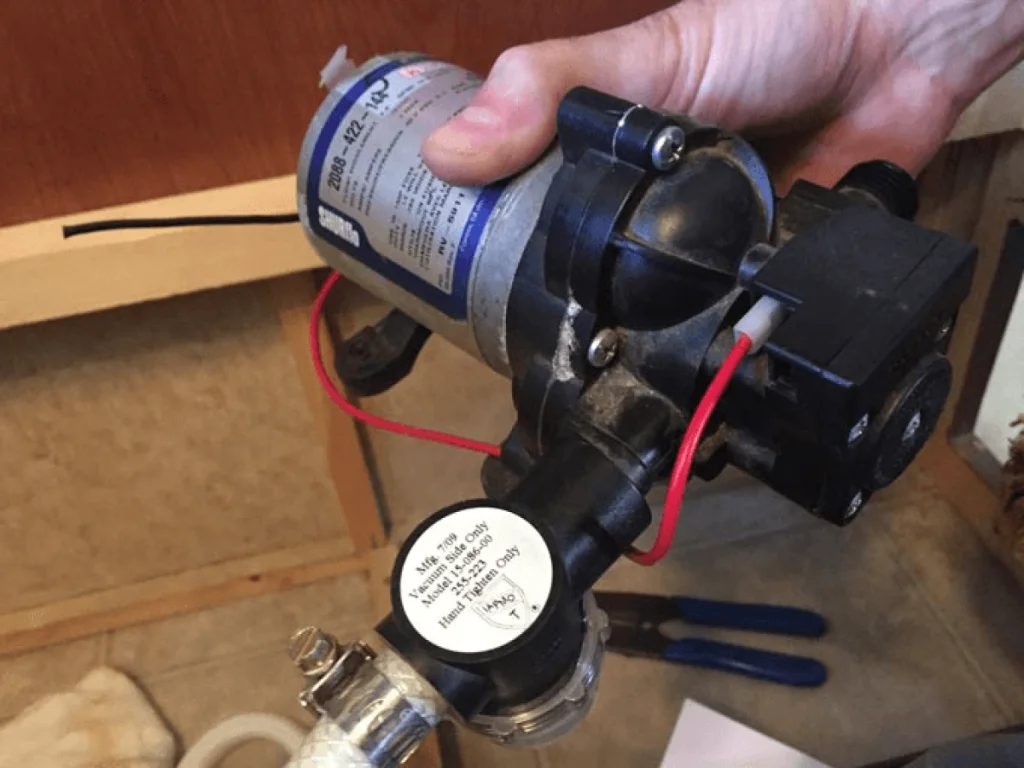Of course, you don’t want your carport to fly like a kite. During a thunderstorm or snowstorm, properly anchoring a carport prevents it from disappearing. No matter where you live, anchoring your carport is a must. For big vehicles, an extra large carport provides your vehicles ample space. Many people don’t know how to anchor a carport to overcome these issues, so this guide has been introduced.
You’ll learn about anchoring a carport and know which brands suit you. If you’re worried about sturdy solutions and proper ventilation, VEVOR is recommended, as it has removable sidewalls and doors to meet your various needs. It is a perfect product for small outdoor or commercial events. So, why don’t you consider upgrading your parking space with a spacious carport?
This guide will be turned out to benefit you on how to anchor your carport to safety checks.
Table of contents
- Why Anchoring Your Carport Correctly is Crucial
- Types of Carport Anchors: Choosing the Best for Your VEVOR Carport
- How to Anchor a Carport to The Right Location
- Preparing to Anchor Your Carport: Tools and Site Preparation
- Step-by-Step Guide to Anchoring a Carport
- Post-Installation: Maintenance and Safety Checks
- Conclusion
Why Anchoring Your Carport Correctly is Crucial
Regardless of the type of carport you buy, it should be anchored properly to the ground. It seems that steel structures are heavy, and these infrastructures don’t move easily, but they’re still prone to snow accumulation and windstorms. Anchors secure these structures to the ground and maintain their stability. Why and how to anchor a carport; all of the confusion will get rid of after reading this guide.
However, anchoring all depends on the type of foundation you select, as gravel demands different anchors from one that is built from concrete. It may be a challenging task for someone new to a game. Correct anchoring offers compliance and aesthetics while ensuring the safety of your property, vehicles, and nearby people. Additionally, its long-term durability provides assurance and saves you from paying for costly repairs and resurfacing in the future.
Types of Carport Anchors: Choosing the Best for Your VEVOR Carport
It’s already mentioned that the anchor type you are looking for depends on the preferred foundation type. You’ll have a choice between the following anchor types once you purchase the buildings:
Mobile Home Anchors
With a name you already guessed, mobile home anchors are usually used to anchor mobile homes to the ground. You can use it to build a carport or metal garage that is sturdy and safe, even in hard weather.
Rebar Anchors
These anchors are typically made of steel and are usually 32 inches long. You can use them to reinforce carports and metal buildings or anchor them to dirt or gravel. However, it has been seen that moisture and winds usually cause dirt near these anchors to crumble, decreasing their effectiveness.
Asphalt Anchors
Most people like to install new carports or steel buildings in their parking lot or on the asphalt. A spiked rod is known as an asphalt anchor, buried under the blacktop in the soil. These spikes keep the rods and stuff from moving and shifting.
How to Anchor a Carport to The Right Location
How to anchor a carport? You’ll get the most out of your steel structure if you select the right location build site. This can be any location, like a backyard, rural land, or porch. But before rolling up your sleeves and pulling out a shovel, there are still several things you should consider to get the best results. Firstly, you need to prefer a spot above the natural water runoff. This step can prevent your property destruction and later secure your property from encountering heavy rain and flash floods.
Another critical factor to be considered is utility. If you’re considering installing electricity, choose a location near utility lines. This simple and easy task can save you from spending tons of money when the time comes to finish the metal building or carport. The other crucial step is to remove the vegetation and debris from the job area. That includes machinery, trees, bushes, and trash. After this, make sure the site is level and thoroughly graded.
Preparing to Anchor Your Carport: Tools and Site Preparation
To ensure a stable and secure installation anchoring, your carport needs the right tools and materials. This is the first step that guides you on how to anchor a carport. The requirements vary based on location, anchor type, and anchoring surface. But still, here’s a general list of tools and materials that might be helpful for you.
Tools
- Wrenches
- Power Drill
- Measuring Tape
- Ladder
- Screwdriver
- Hammer
- Safety Gear
Materials
- Washers
- Bolts and Nuts
- Anchors
- Concrete
- Brackets or Straps
So, if you’re done purchasing your first metal carport, that’s great! Steel structures are the toughest building types in the market; they deliver years of protection. But only having the new building is not enough as you have to install it. Putting your structure on a gravel foundation and dirt? Here’s what you still need to know. These types of foundations are the well-known choice for residential and rural applications. You require a quick and reliable cover for your family vehicles or other equipment. So, your installers most likely use a drill or mobile anchors to mount your structure to the ground.
Step-by-Step Guide to Anchoring a Carport
With a rebar anchor, your carport is anchored to asphalt. This step-by-step guide will help you cover common anchoring methods and help if you’re looking at how to anchor a carport and remove dirt. For your specific needs, always read the manufacturer’s instructions as they have more details you can get.
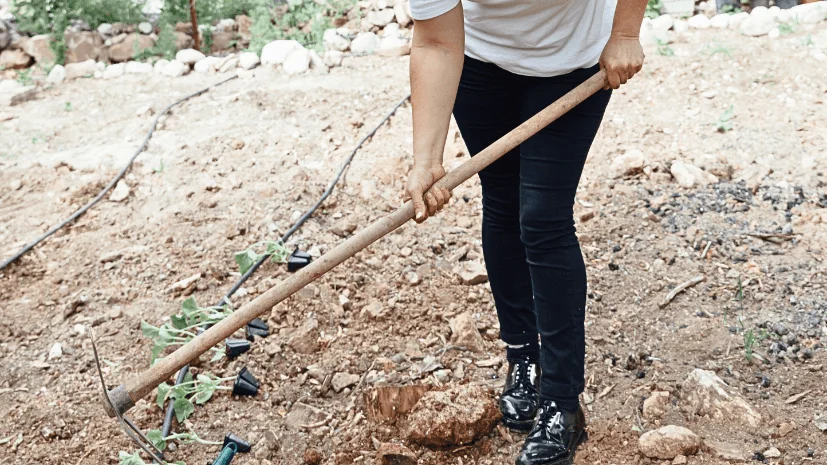
1. Anchoring to Dirt: A Secure Foundation
How to anchor a carport to dirt? While anchoring a carport to dirt for a secure foundation, you require a site selection and manufacturer’s installation guidelines, ensuring the structure is on a level surface. Once you level the ground, draw a grid mark for your anchor spots. Before laying the base, the concrete and drill anchors should go first.
Once you drill the bolt holes, you’ll need connecting components to attach the anchors. You can connect the anchors to the carport frames using bolts, nuts, and washers to ensure a secure fit. So, by doing this anchor system process, you will ensure your property is safe and what you did is sound in any climate.
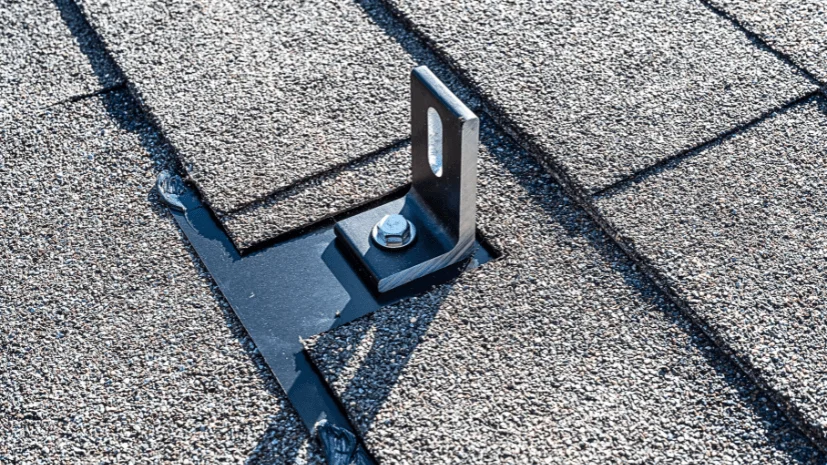
2. Anchoring to Asphalt: Ensuring Stability
Well, anchoring a carport on asphalt differs slightly from anchoring on dirt. Here are the important steps to securely anchoring a carport on asphalt:
Site Preparation: Choose a level area on the asphalt surface for the carport installation. Look for whether you require any permits or regulations for the installations.
Assembling Carport Frame: Assembling the carport frame by following the guidelines mentioned on the package
Select Position: Place your carport on the asphalt surface at your desired location.
Mark Anchor Points and Drill Holes: If you have a larger structure, mark the anchor points along the sides. Additionally, by using a power drill, drill holes into the asphalt at your preferred market anchor points.
Select the Anchors According to Asphalt: Choose anchors highly designed for asphalt surfaces and insert these anchors into the drill holes.
Attaching Anchors to Carport Frame: Using bolts, washers, and nuts, attach anchors to the corporate frame and tighten it up with wrenches.
Leveling and Adjusting: Ensure the carport is level, and if needed, make the necessary adjustments to align it properly.
Analyze Stability and Secure Loose Ends: Apply external forces to the carport to determine its stability. If you find any loose ends, tighten them up.
Regular Inspection: For any signs of damage or wear, examine the anchoring system and perform maintenance if required.
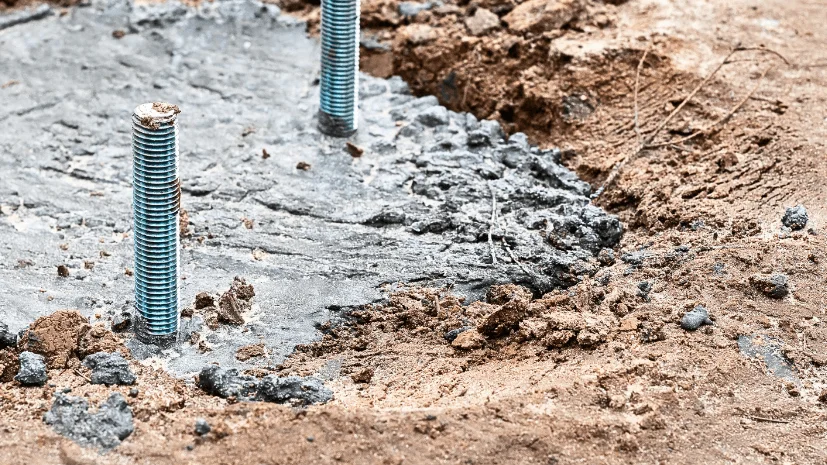
3. Anchoring to Concrete: A Robust Approach
Concrete anchoring requires a robust approach for durability and stability. Inspect the local regulations and choose a level place on the concrete surface. Assemble the carport frame according to the manufacturer’s guidelines and place it accordingly. Mark the anchor points at corners, and choose an additional space for larger structures. Using a power drill, drill the holes into the concrete with a masonry bit. Secure concrete anchors using nuts, drills, and washers to ensure stability and make necessary adjustments.
A slab might be a great idea when leveling your yard for a carport. Having a concrete slab comes with many benefits. You don’t have to park near standing water because doing this can cause your tires to wear and tear if they sit for a long time in the water doing this can cause your tires to wear and tear if they sit for a long time in the water. Your vehicle’s tires will be protected through a slab as they’ll be on the top of the concrete and secured by the carport. The concrete slab size depends on the diameter and dimensions of your carport.
Post-Installation: Maintenance and Safety Checks
After carport installation and anchoring, regular inspection and maintenance are important to ensure the safety and stability of the structure. Here’s a quick guide for post-installation steps:
Ensure stability: Pushing and pushing like external forces will help you determine the stability of the carport and confirm the structure level is same.
Regular inspection: Regular inspection will help you to recover from any wear and tear so you can easily replace damaged components.
Monitor the settings: In the carport structure, observe any settling signs or changes in alignments. It’s very essential for soil-anchored structures.
Apply lubrication: By applying lubrication or sealant, moving and joint parts ensures durability and prevents erosion.
Snow and dirt removal: Remove accumulated snow to protect your carport roof and clean dirt from the structure. As they can cause water buildup on the structure.
Inspect rust: Keep an eye on metallic parts of carports anchored to concrete to protect from rust. To prevent structural damage, ensure the rust is taken care of immediately.
Regular carport maintenance can extend its life and save you from additional repair costs, as minor problems should be addressed before escalating into a major one. Furthermore, it helps the carport face any weather, stay comfortable, and stay well.
Conclusion
This guide will sort out all the confusion regarding how to anchor a carport. Whether you’re living in dry weather or cold, proper carport anchoring ensures longevity and safety. Careful site selection, anchoring, and precise assembling are the main parts when you think about how to anchor a carport. It’s imperative to follow the guidelines whether using auger-style anchors in dirt or concrete anchors in asphalt. With a commitment to quality and durability, VEVOR offers a wide range of carports that meet your specific needs and promise the best performance and peace of mind.

